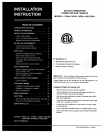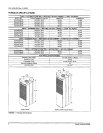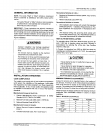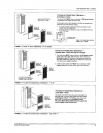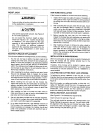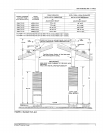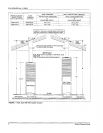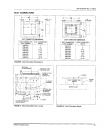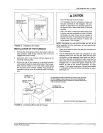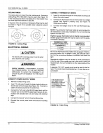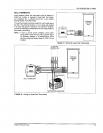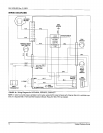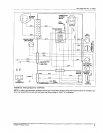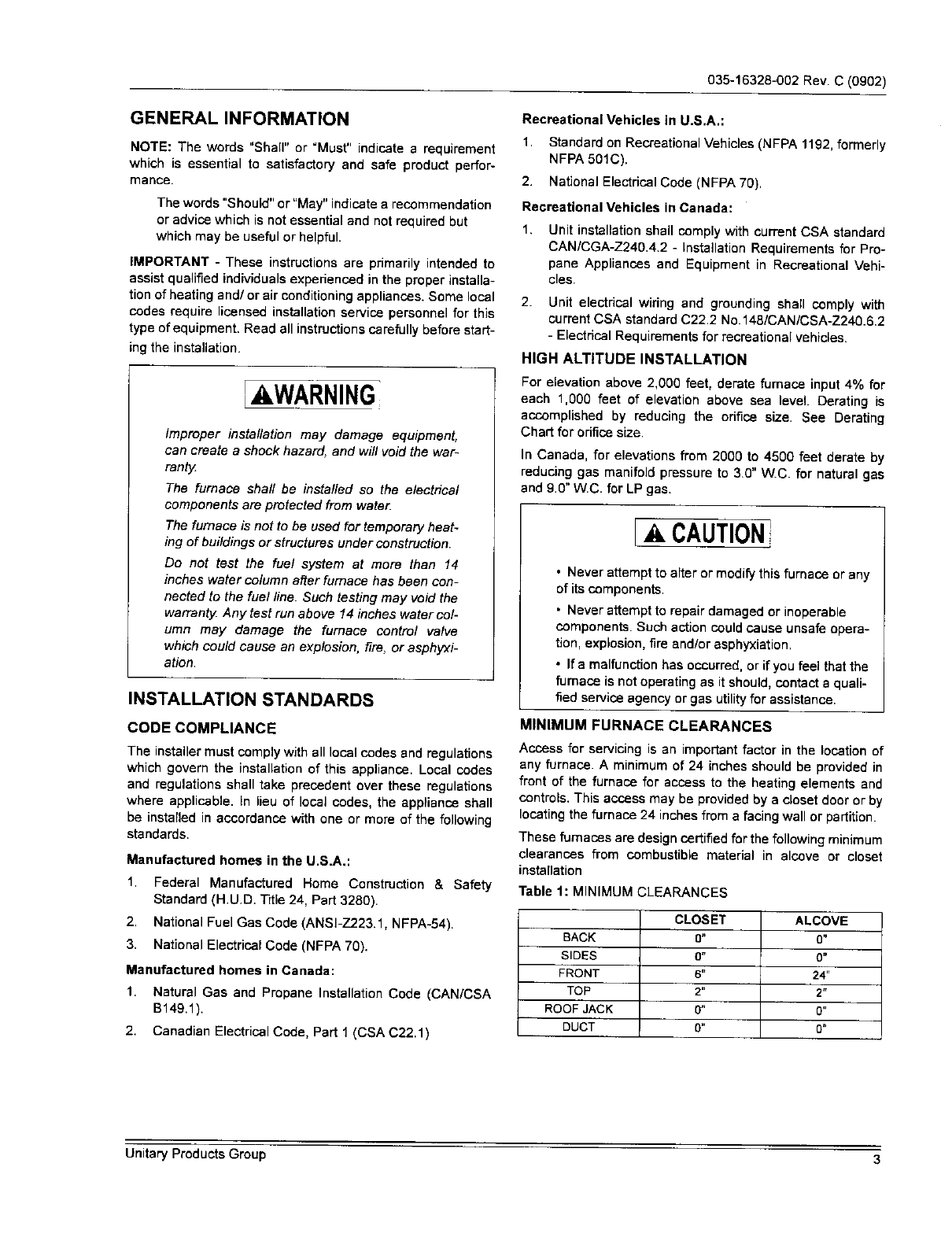
GENERAL INFORMATION
NOTE: The words "Shall" or "Must" indicate a requirement
which is essential to satisfactory and safe product perfor-
mance.
The words"Should" or "May" indicate a recommendation
or advice which is not essential and not required but
which may be useful or helpful.
IMPORTANT - These instructions are primarily intended to
assist qualified individualsexperienced in the proper installa-
tion of heating and/or air conditioning appliances. Some local
codes require licensed installation service personnel for this
type of equipment. Read all instructions carefully before start-
ing the installation.
I_WARNING
I
Improper installation may damage equipment,
can create a shook hazard, and will void the war-
ran_
The furnace shall be installed so the electrical
components are protected from water
The furnace is not to be used for temporary heat-
ing of buildings or structures under construction.
Do not test the fuel system at more than 14
inches water column after fumace has been con-
nected to the fuel line. Such testing may void the
warren_ Any test run above 14 inches water col-
umn may damage the furnace control valve
which could cause an explosion, fire, or asphyxi-
ation.
INSTALLATION STANDARDS
CODECOMPLIANCE
The installer must comply with all local codes and regulations
which govern the installation of this appliance. Local codes
and regulations shall take precedent over these regulations
where applicable. In lieu of local codes, the appliance shall
be installed in accordance with one or more of the following
standards.
Manufactured homes in the U.S.A.:
1, Federal Manufactured Home Construction & Safety
Standard (HU.D. Title 24, Part 3280),
2. National Fuel Gas Code (ANSI-Z223,1, NFPA-54).
3. National Electrical Code (NFPA 70).
Manufactured homes in Canada:
1, Natural Gas and Propane Installation Code (CAN/CSA
B149,1).
2. Canadian Electrical Code, Part 1 (CSA C22,1)
035-16328-002 Rev. C (0902)
Recreational Vehicles in U.S.A.:
1. Standard on Recreational Vehicles (NFPA 1192, formerly
NFPA 501C).
2. National Electrical Code (NFPA 70).
Recreational Vehicles in Canada:
1,
Unit installationshallcomply with current CSA standard
CAN/CGA-Z240.4.2 - Installation Requirements for Pro-
pane Appliances and Equipment in Recreational Vehi-
cles.
2. Unit electrical widng and grounding shall comply with
current CSA standard C22.2 No.148/CAN/CSA-Z240.6.2
- Electrical Requirements for recreational vehicles.
HIGH ALTITUDE INSTALLATION
For elevation above 2,000 feet, derate furnace input 4% for
each 1,000 feet of elevation above sea level. Derating is
accomplished by reducing the orifice size. See Derating
Chart for orifice size.
In Canada, for elevations from 2000 to 4500 feet derate by
reducing gas manifold pressure to 3.0" W.C. for natural gas
and 9.0" W.C. for LP gas.
IA CAUTIONj
• Never attempt to alter or modify thisfurnace or any
of its components.
• Never attempt torepair damaged or inoperable
components. Such actioncould cause unsafe opera-
tion, explosion, fire and/or asphyxiation.
• If a malfunction has occurred, or if you feel that the
furnace is not operating as it should, contact a quali-
fied service agency or gas utility for assistance.
MINIMUM FURNACE CLEARANCES
Access for servicing is an important factor in the location of
any furnace. A minimum of 24 inches should be provided in
front of the furnace for access to the heating elements and
controls. This access may be provided by a closet door or by
locating the furnace 24 inches from a facing wall or partition.
These furnaces are design certified for the following minimum
clearances from combustible material in alcove or closet
instanation
Table 1: MINIMUM CLEARANCES
CLOSET ALCOVE
BACK 0" 0"
SIDES 0" 0"
FRONT 6" 24"
TOP 2" 2"
ROOF JACK 0" 0"
DUCT 0" O"
Unitary Products Group 3



